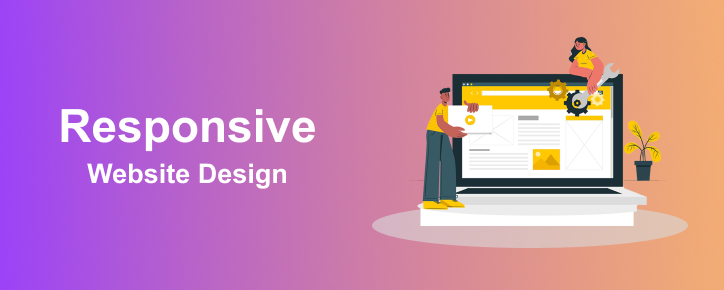
Responsive Website Design
Responsive website design refers to a design approach that ensures a website is optimized to display and function correctly on different devices, including desktop computers, laptops, tablets, and smartphones. The goal of responsive website design is to provide a seamless and consistent user experience across all devices and screen sizes.
Responsive website design involves creating a website layout that can adjust dynamically based on the screen size of the device being used. This means that the website's content, images, and functionality are optimized for each device, providing users with an easy-to-use and visually appealing experience. For example, a responsive website may adjust the layout of the navigation menu, change the size of images, or adjust the font size to ensure that the website is easy to read and navigate on any device.
Responsive website design is crucial in today's digital landscape as more and more people access websites on their smartphones and tablets. By ensuring that your website is responsive, you can reach a wider audience and provide a better user experience, which can lead to increased engagement and conversions.





